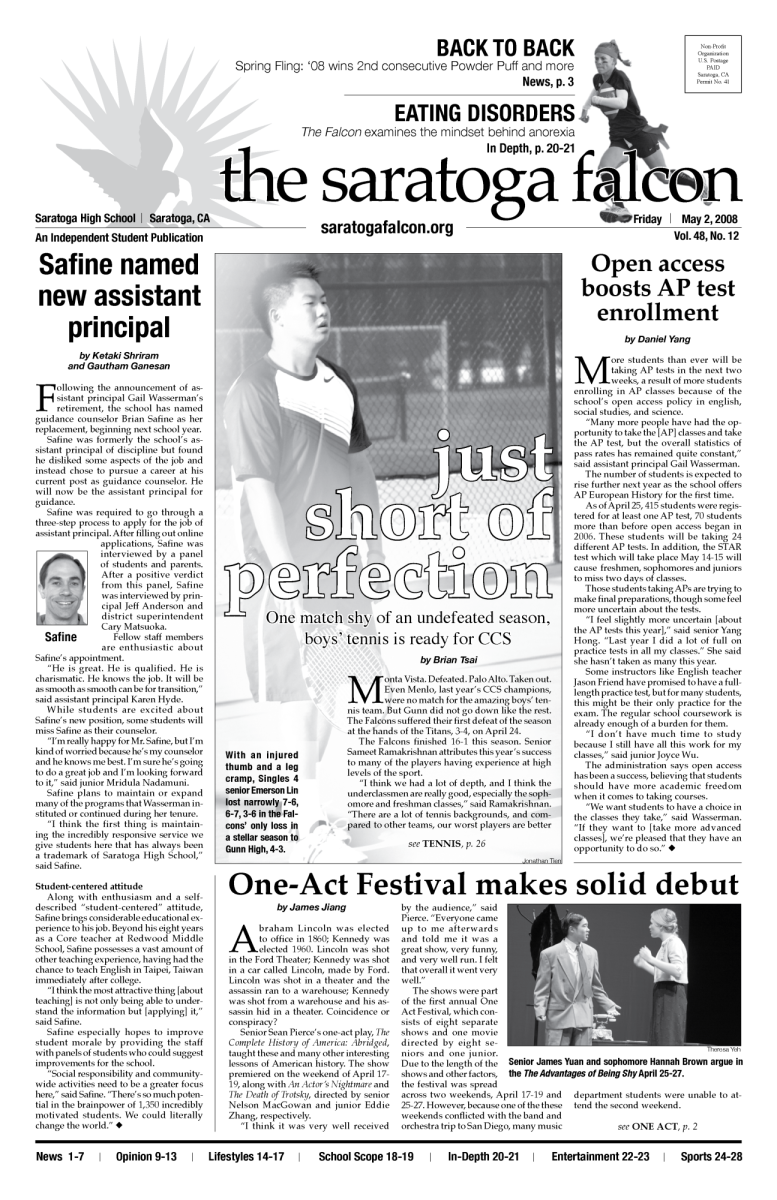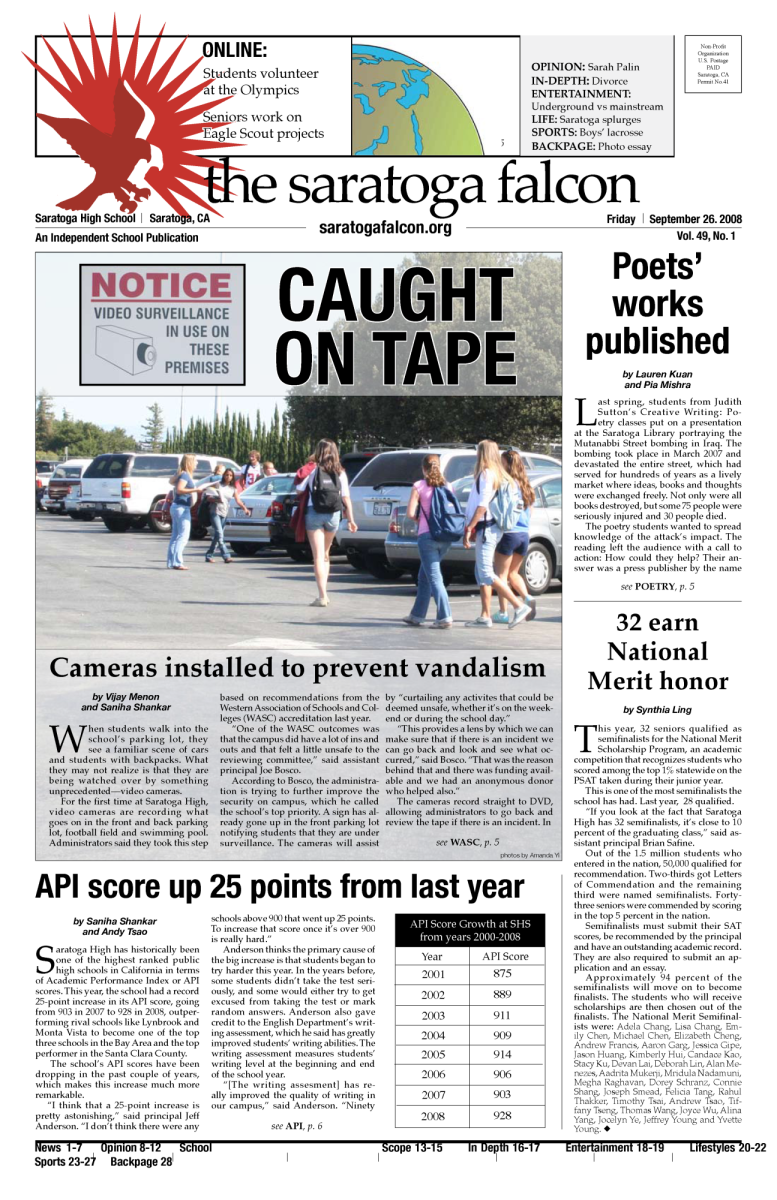For the class of 2019, Yale deferred 57.6 percent of its early applicants, Harvard deferred 68.1 percent and Princeton deferred 79 percent. According to the Huffington Post, Georgetown did not reject any of its early applicants, but deferred everyone they did not accept.
While a deferral from a college may look a lot better than a rejection, the percentage of deferred applicants from most colleges is too high and should be cut down.
A rejection or acceptance from a school lets students know how strong their applications are. If a student is rejected, he can then add more safety schools and lower his expectations for the regular decision round. On the other hand, if a student is accepted, he may choose to apply to less schools, saving application fees and relaxing more.
A deferral, however, leaves students wondering whether they still have a chance of being accepted into a college, or if they are harboring false hope. It’s like opening a box with Schrodinger’s cat, only to find another box inside.
Furthermore, a deferral from a university with high deferral rates indicates virtually nothing; the university could be deferring a student with the full intention of rejecting them in the spring, or with the plan of accepting them in the regular round.
Or, a deferral could simply mean that the student truly lies in the middle and that the university wants to see the applicant’s progress in senior year. Whatever the reason behind the deferral, the students are all in the same position of ambiguity.
If a college has low deferral rates, however, a deferral could provide valuable information for the student. For instance, Stanford defers only 8.5 percent of early applicants. According to Chuck Hughes, president of college admissions consulting service Road to College and a former admissions officer at Harvard, a deferral from Stanford implies that the student has a decent chance at being admitted in the regular round.
In addition, because of high deferral rates, some colleges reject an extremely low percentage of students. For instance, according to the Daily Princetonian, Princeton denied only 49 students, less than 1.3 percent of the total early applicants. To these students, it could be disheartening knowing that they were basically in the 1.3 percentile.
When applying to schools with high deferral rates, students should prepare for the worst by treating a deferral as a rejection. That way, they can ensure they will still have plenty of options come spring, and on the off chance they do get in, they will be pleasantly surprised.
Some may argue that colleges have high deferral rates because they may want to consider the whole applicant pool in the regular decision round before accepting anyone too early. After all, why would a student bother to apply regular decision if there are hardly any spots left? Having more deferrals would increase the number of applications, which also generates a large profit via application fees.
Most universities like the Ivy Leagues, however, have been making admissions decisions for many years, so they should know by now whether a student is a good fit for their school.
Another likely reason for high deferral rates is to lower the university’s acceptance rate in the spring, which is a reflection of its prestige and ranking. As a result, some universities may reserve early spots for mostly athletes or strong legacy students.
To ensure low percentages of deferrals and acceptances, colleges should follow Stanford’s example and simply reject the students they believe aren’t fit for their school. Then, when students are deferred, they know that they have a decent chance at being accepted regular decision. In the process, students can gain valuable insight from their early decision results, and colleges will have less applications to review in the regular decision round.
With these changes, both parties can stand to benefit more. But until they happen, #rejectmeinstead



























